 |
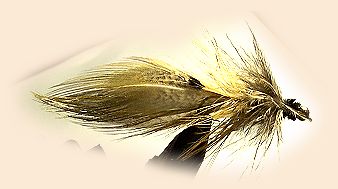 Pheasant Back Streamer |
|
|
Materials:
Bead: 3/16" Gold Bead Weight: 6-12 turns of 0.20" lead wire (where legal.) Thread: Uni-Thread 6/0 Rusty Dun Tail: Two long feathers from the back of a ring-necked pheasant rooster, curvatures facing each other. Body: One long, golden-colored feather from the side of a ring-necked pheasant rooster, palmered up with the curvature to the back. Head: Black chenille (one to two turns).
Method Pheasant Back Streamer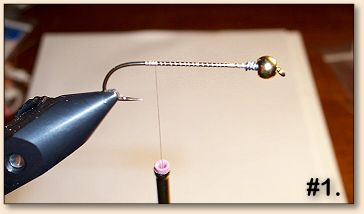 Step 1: Slide on a large gold bead and make 6-12 turns of 0.20" lead wire (I usually make about 10). Tie in the lead and bead and make a thread base back to just in front of the hook point.
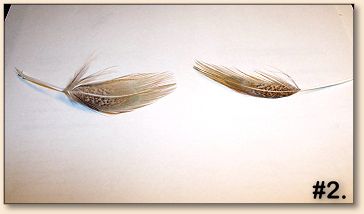
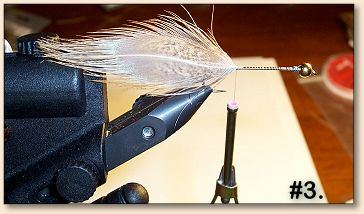 Step 2: Select two long, full feathers from the back of a male pheasant. You want them to be about the same length, and about the same color. Strip off the webby portions and tie them in with the curvatures facing toward each other. (I've found it's easier to tie them in one at a time rather than trying to tie them in together.) Trim off the excess quill.
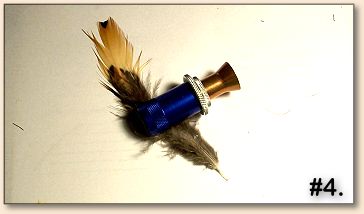
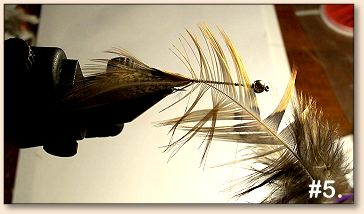 Step 3: Select a long, full, golden-colored feather from the side of a male pheasant (I've included a picture so you can see what I'm talking about.) Tie in the tip of the feather and wind your thread to the eye. Keep the webby portions attached to the feather.
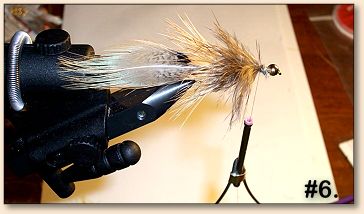 Step 4: Palmer the feather toward the eye, keeping the curvature of the feather facing the back. Also, be sure to keep the feathers folded back so that all the barbules face toward the back of the fly. Continue wrapping forward until the quill of the feather becomes thick and stiff (usually about 3-5 turns after the feather changes to the webby portion). Tie off and trim. Leave about 3/16 of an inch between where you tie off the feather and the back of the bead.
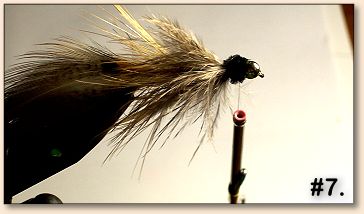 Step 5: Tie in a strand of black chenille. Make 1-2 turns, just enough to fill the gap between the feather and the bead head. Tie off and trim. Whip finish and add a couple of drops of head cement.
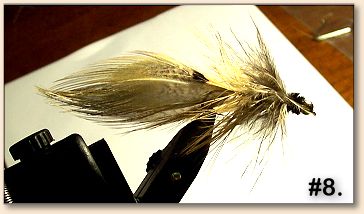
For more great flies, check out: Beginning Fly Tying, Intermediate Fly Tying and Advanced Fly Tying.
|